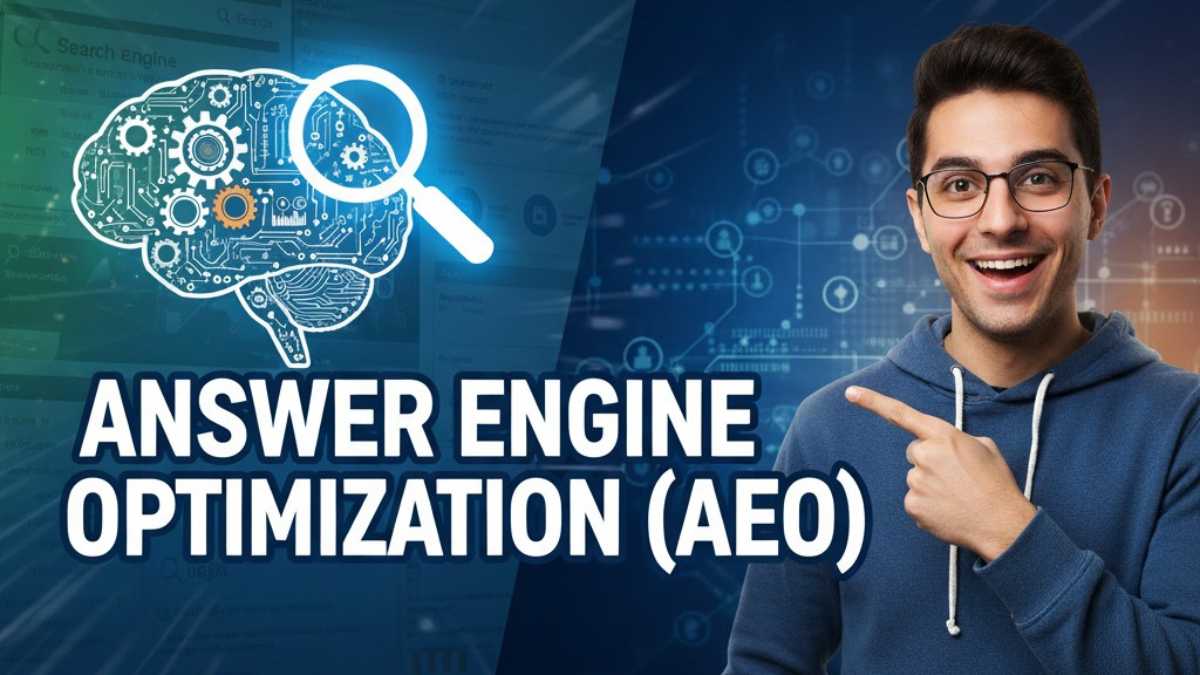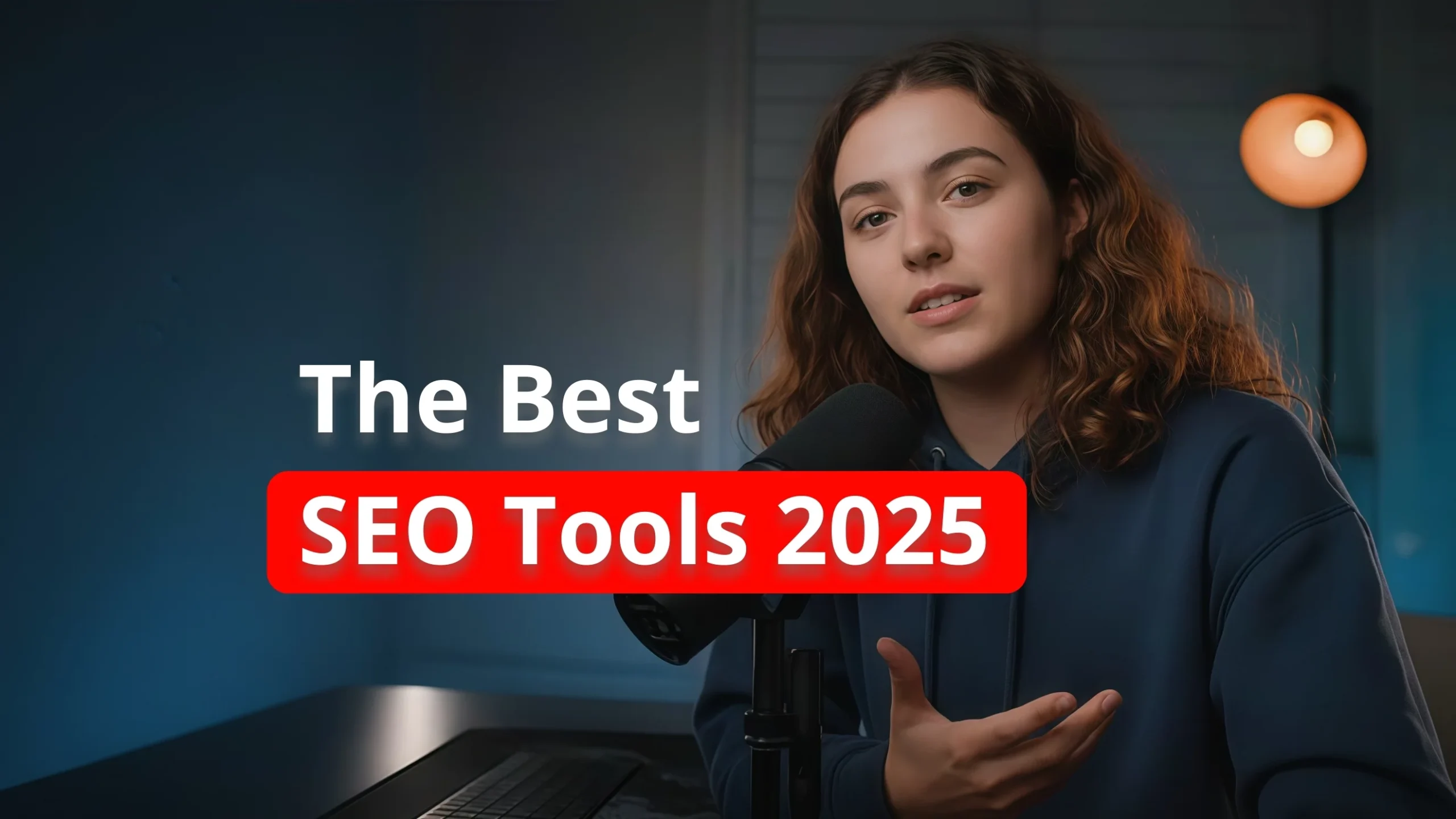Table of Contents
What AEO is and why it matters in 2025
Brief answer: AEO (Answer Engine Optimization) is optimizing content so answer engines and AI assistants can extract and cite direct answers by combining natural language, structured data and demonstrable authority.
Answer Engine Optimization (AEO) is a set of techniques to ensure your content is understood, cited and used as a direct answer by answer engines (Google AI Overviews, Bing/Copilot, ChatGPT, Perplexity, Alexa, Siri, etc.). If classic SEO competes for visibility on results pages, AEO competes for the first turn of speech in conversational interfaces and answer modules.
Why now? Because more users ask in complete questions, expect an instant synthesis (40–60 words) and, if needed, a follow-up expansion. In that flow the engine shows an answer backed by sources, not just a list of links. If you’re not in the candidate set, you simply don’t exist to that user.
From a pragmatic SEO perspective: AEO doesn’t replace SEO — it makes it operational in the AI era. If your content was already good, AEO forces you to structure and explain it for machines that generate text. If you’re starting from scratch, it gives you a shortcut: answer first, detail later.
- The value of natural language (question → answer) beats keyword stuffing.
- Structured data and “extractable” formats go from nice-to-have to required.
- Demonstrable authority (E-E-A-T) matters as much as relevance.
"If AI already answers, I want it to answer with my content"
AEO vs SEO: real differences and how they coexist
While the base (intent, relevance, authority) overlaps, AEO and SEO are operated differently. Here’s a quick comparison:
| Aspect | Traditional SEO | AEO (Answer Engine Optimization) |
|---|---|---|
| Objective | Top-10/Top-3 on SERP | Be cited or used as the answer |
| Core format | Long-form page, H2/H3, multimedia | Brief answer (40–60 words) + expansion |
| Technical signals | Core Web Vitals, indexing, canonicals | Schema (FAQPage/HowTo/Speakable/Article), extractability |
| Semantic coverage | Cover the query and variants | Question map (who/what/why/how) and nuclear phrases |
| Measurement | Organic traffic, CTR, rankings | Appearances/citations in answer engines, snippets, AI referrals |
| Off-site | Links and mentions | Verifiable authority, profiles, reviews, expert quotes |
Do they compete? No — they coexist. SEO brings intent and depth; AEO demands clarity and structure. A single article can target a competitive keyword and also include answer modules to capture conversational engines.
Recommended reading: Generative Engine Optimization (GEO): what you should know
How answer engines work (NLP, Knowledge Graphs and LLMs)
- Understanding: the system interprets the question with NLP (entities, intent, context).
- Retrieval: it searches candidates across its index/web, knowledge graphs and proprietary bases.
- Selection: it weighs authority + relevance + freshness + coverage.
- Generation: an LLM produces a synthesis with citations/sources.
- Verification: heuristics and trust signals increasingly applied.
AEO strategy: questions first and 40–60 word answers
Brief answer + expansion (RBE pattern)
- 1. Key sentence (definition or main take in 20–25 words).
- 2. Development in 2–3 sentences (benefit, how to execute, when to use).
- 3. Expansion below: examples, tables, cases and links.
Example brief answer for “What is AEO?”:
"AEO (Answer Engine Optimization) is optimizing content so that answer engines and AI assistants can extract and cite direct answers by combining natural language, structured data and demonstrable authority."
- Use active voice; avoid fluff and endless subordinates.
- Include natural synonyms: “SEO for AI”, “optimization for answer engines”.
- Prefer lists, tables and examples — they are easy to extract.
- Keep the paragraph to 40–60 words and place it at the top of the section.
Structured data that matters: FAQPage, HowTo, Speakable and Article
Structured data bridges your copy and automatic extraction. Prioritize:
- Article: author, date, section, mainEntityOfPage.
- FAQPage: clear Q&A (one object per question).
- HowTo: steps with durations, tools, images where it fits.
- Speakable (if relevant): snippets readable by voice assistants.
Snippet example for FAQPage (simplified):
<script type="application/ld+json">
{
"@context": "https://schema.org",
"@type": "FAQPage",
"mainEntity": [{
"@type": "Question",
"name": "What is AEO?",
"acceptedAnswer": {
"@type": "Answer",
"text": "AEO optimizes content so that answer engines and AI assistants can extract and cite direct answers by combining natural language, schema and authority."
}
}]
}
</script>Tip: validate the final render (not just ideal HTML). Some sites inject JS that breaks JSON-LD. Keep your FAQs aligned with each section’s brief answers.
Voice search & conversational language: quick guides
- Write for full questions: “how…?”, “when…?”, “what’s the best…?”.
- Avoid gratuitous jargon; define acronyms the first time.
- Use 15–20 word sentences and simple connectors.
- Add Speakable to definitions and key takeaways.
Build a question bank by intent:
- Know simple: definitions and concepts (ideal for 40–60 word answers).
- Know: comparisons, pros/cons, lists.
- Do: actionable steps/HowTo.
- Local: “near me”, opening hours, availability.

AEO workflows with AI to create answers engines understand
Prompt templates and SOP for production (with your tool)
SOP per content piece:
- Brief: intent, 5 user questions, 5 entities, 1 target brief answer.
- Draft: use your tool to generate a Brief Answer + 300–500 word expansion.
- Structure: insert H2/H3 aligned with questions; add a table/list.
- Schema: create a FAQPage block (3–5 Q/A) + Article.
- Review: read out loud; simplify sentences.
- Publish: validate JSON-LD render and internal linking.
Base prompt (adapt to your niche):
"Write a brief answer (50 words, active voice) that defines [topic] for a user asking [question].
Add 3 practical bullets and an example. Return 3 coherent FAQs and a valid JSON-LD FAQPage block."Verification prompt (internal QA):
"Summarize the main idea in 1 sentence. If it isn't unequivocal, point to where the brief answer lacks clarity."AI Tool recommended: AI Article Writer
Measuring AEO without direct metrics: methods, prompts and useful signals
Measuring AEO differs from measuring SEO. My operational KPIs:
- Brief answer share (yours vs competitors) across your question set.
- Appearances as a source in conversational engines (manual/automated tests).
- Snippets and People Also Ask captured (SERP features).
- AI referrals (when available): traffic spikes from mentions/citations.
- Post-answer engagement: time on page and scroll on key sections.
How to test (monthly SOP):
- Define 20–50 target questions.
- Run verification prompts in 2–3 engines.
- Log whether you’re cited, partially cited or absent.
- Document winning answers (structure/length/terms) and replicate patterns.
Automate with your tool: question list → prompt batch → response log → dashboard with citation rate.
Technical aspects: performance, crawlability and robots.txt for AI
- Performance: LCP < 2.5 s, stable CLS and servers that don’t choke crawlers.
- Crawlability: clean sitemap, coherent canonicals, pagination and 200 states.
- Render: avoid depending on JS for critical content (the brief answer should be plain HTML).
Sample robots rules & sitemaps for AI bots (indicative)
# Allow specific assistants (illustrative example)
User-agent: GPTBot
Allow: /
User-agent: CCBot
Allow: /
# Block an unwanted AI bot
User-agent: SomeAIBot
Disallow: /
Sitemap: https://yourdomain.com/sitemap.xmlKey points: decide whether to allow or limit certain AI bots; document a clear usage policy; blocking everything reduces exposure as a source; allowing can increase exposure — demand attribution.
Authority and off-site presence: E-E-A-T, reviews and mentions
- Experience: real cases, screenshots, your own processes.
- Expertise: an author with verifiable profile (bio, certifications, talks).
- Authoritativeness: mentions in media/communities; being quoted as a source.
- Trust: editorial policy, updated dates, visible corrections.
Tactics: complete author profile across the site; cross-citations (interviews, webinars, partner guides); request client reviews; publish methodologies.
Recommended reading: How to improve EEAT
Vertical playbooks: SaaS, ecommerce and local
SaaS
- Library of use cases (HowTo + screenshots) with brief answers on top.
- Onboarding and pricing with FAQs marked up in schema.
- Track questions like “How to integrate X with Y?” and build RBE modules.
Ecommerce
- Product pages with a 2–3 sentence summary (benefit/use/compatibility).
- Category-level FAQs, not just on product pages.
- “How to choose” guides with an extractable comparison table.
Local
- Pages with consistent NAP, opening hours, services and common questions.
- Direct answers to “price”, “availability” and “near me”.
- Speakable for descriptions and quick answers (phone, appointment, address).
The future of AEO: from snippets to actions (booking, purchase, etc.)
The next step is to move from answering to resolving. Engines will not only cite you but also execute: book a table, request a demo, purchase. To be ready:
- Structure your CTAs as intents: “Book”, “Start free trial”.
- Expose data (price, stock, hours) in an extractable way.
- Prepare clear APIs or action links.
Conclusion
AEO is a focus, not a fad. Answer first, detail later; structure with schema; demonstrate authority; measure appearances and repeat winning patterns. With a well-tuned AI tool you can industrialize the production of brief answers + expansions while keeping editorial quality high.
FAQs
No. SEO positions you; AEO turns you into the answer. They complement each other.
Start with Article (base) and FAQPage (3–5 Q/A). Add HowTo and Speakable where it fits.
Create a question set, test across multiple engines and log whether you’re cited as a source. Repeat monthly.
It depends on your strategy. Allowing increases exposure as a source; blocking protects content. Define a policy and review results.


